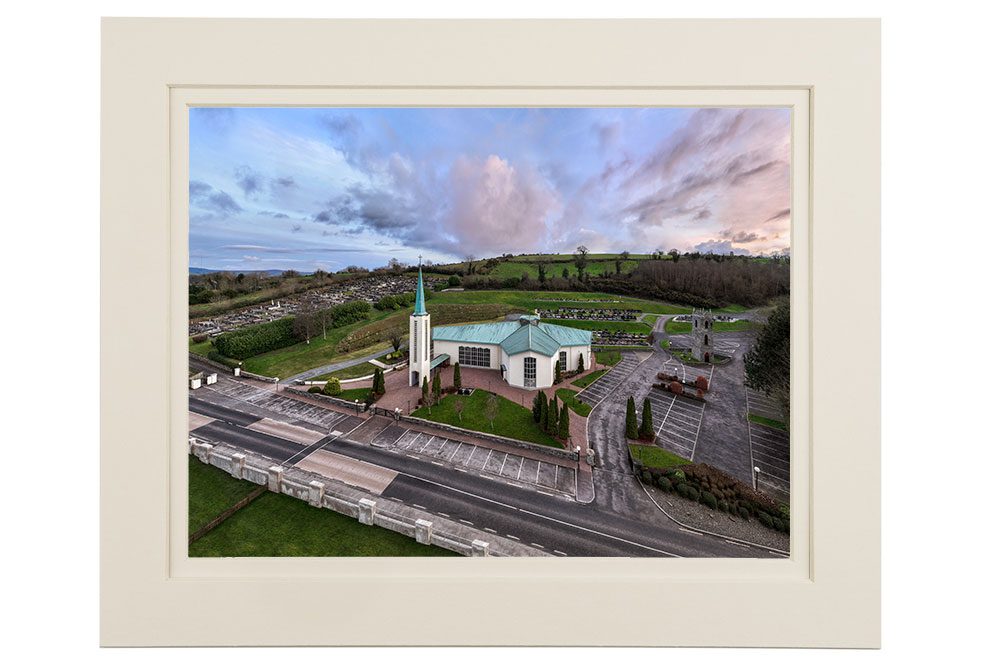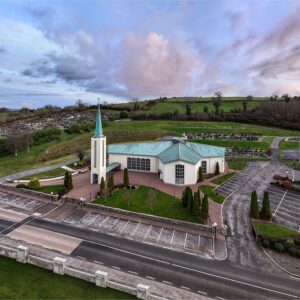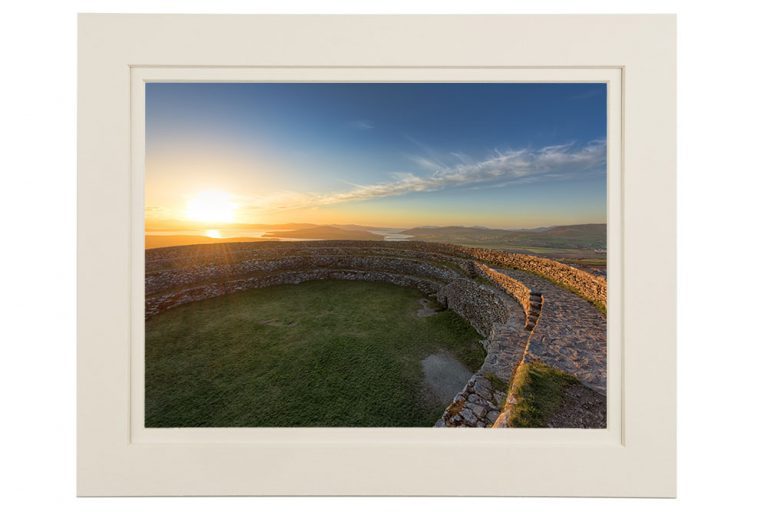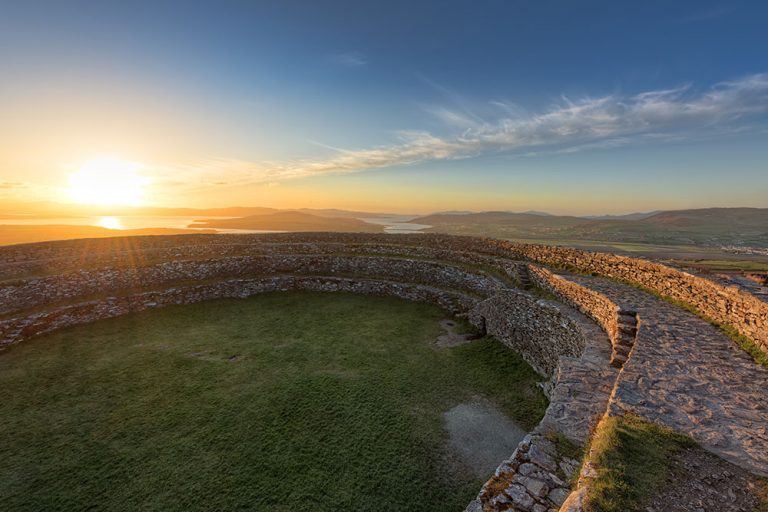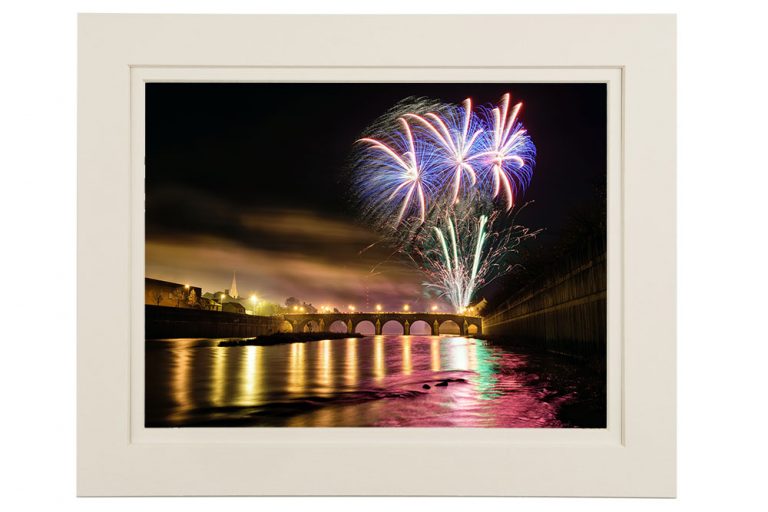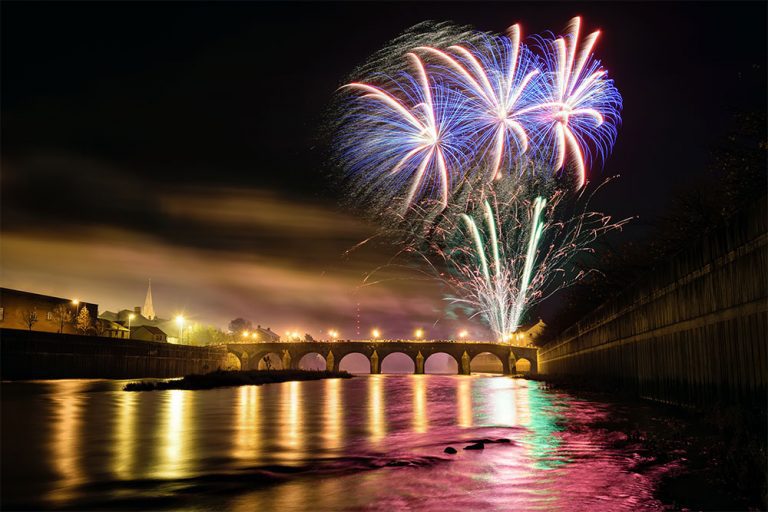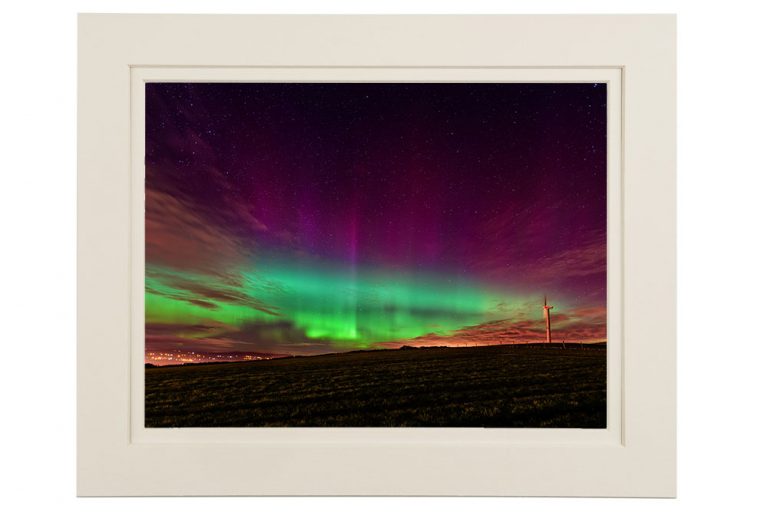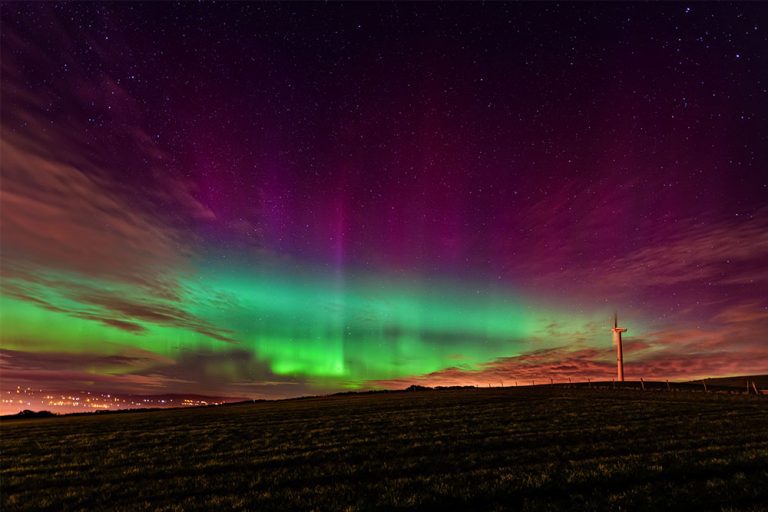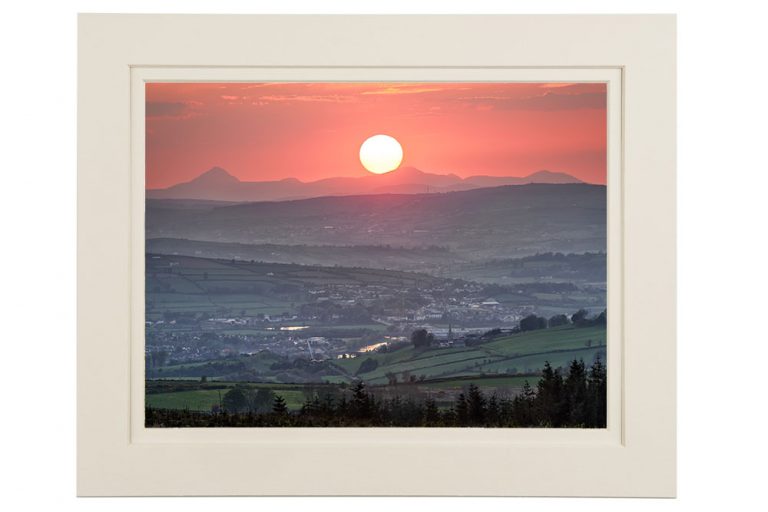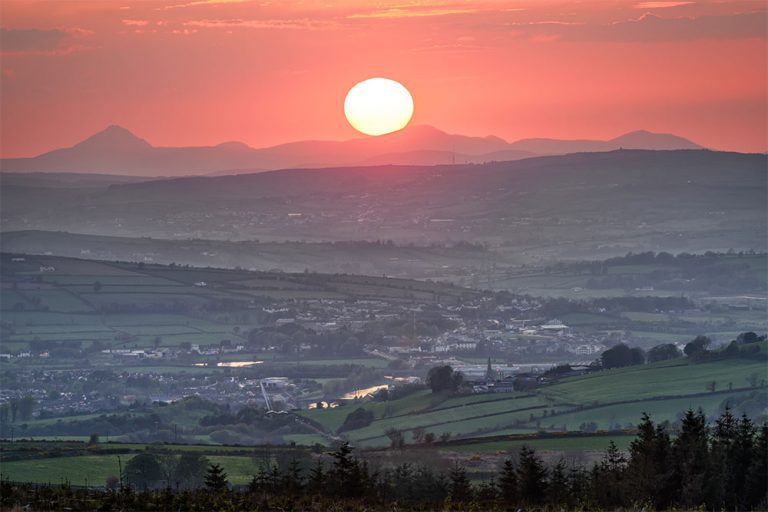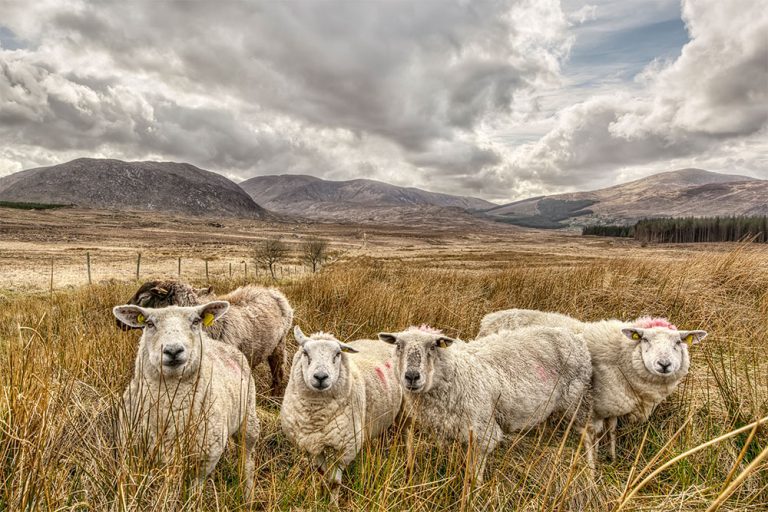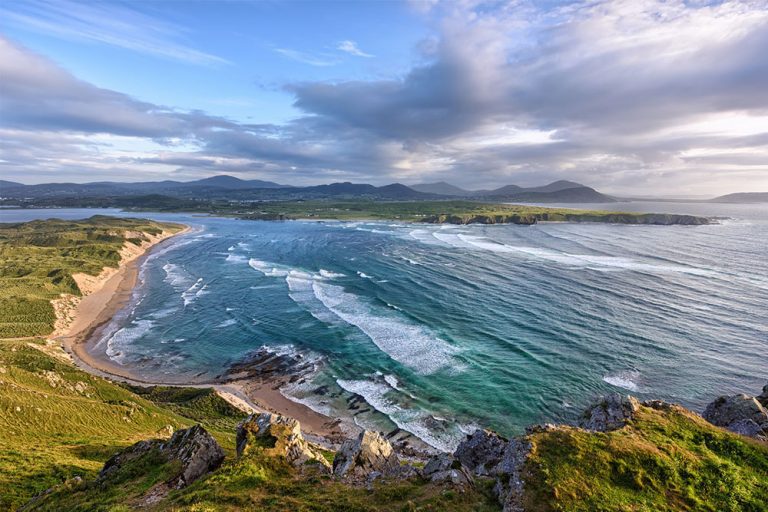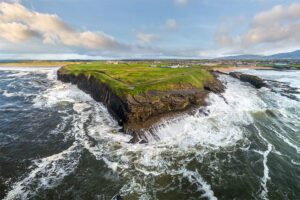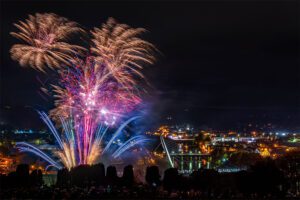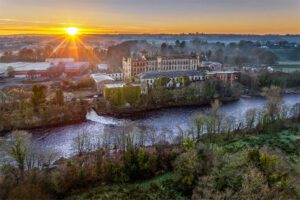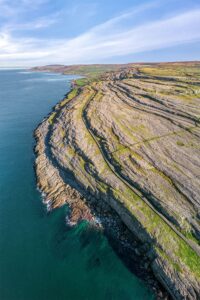Description
St. Patrick’s Church, both the old demolished church and current church that exists today, throughout the passage of time have affectionately been located inaccurately in Murlog or Murlough, is in fact located in the townland of Lifford Common, just outside Lifford, the county town of Donegal.
The church is the holy and administrative centre of the parish of Clonleigh (formerly the parish of Camus & Clonleigh) and is part of the Derry Diocese.
According to the National Inventory of Architectural Heritage, this church itself replaced an earlier church to site built during the late 18th century on a site donated by Lord Erne, which was one of the first catholic churches built in Ireland since penal times. – Thus the church we know today is the third church to stand on this site
The parish priest at the time was Father Anthony McFeely, who went on to become Bishop of Raphoe from 1965 to 1982. Fr. McFeely sought the services of renowned architect Liam McCormick.
Mr. McCormick was born in Derry on 24th October 1916. He was responsible for designing twenty seven ecclesiastical buildings and numerous commercial and state buildings, including the iconic Met Eireann building in Glasnevin, Dublin. He designed a total of seven churches in Donegal between 1961 and 1977. Mr. McCormick passed away on 28th August 1996.
St. Patrick’s church in Lifford was Liam McCormick’s second church design in Co. Donegal.
The old church and outbuildings were demolished not long after the new church was built, with the tower retained as a feature on the site. (Dr James Bewglas, Presbyterian minister at nearby Ballindrait lobbied successfully for the retention of the original gothic tower, and so it was incorporated into the new design).
The design team consisted of Liam McCormick, Fr. McFeely and Mr. Frank Corr, who travelled to Europe to visit new churches being built at the time. The churches they visited gleaned modern architectural church design through the use of new building technologies, minimal architectural decoration and use of natural light, as is evident in the church we see today.


